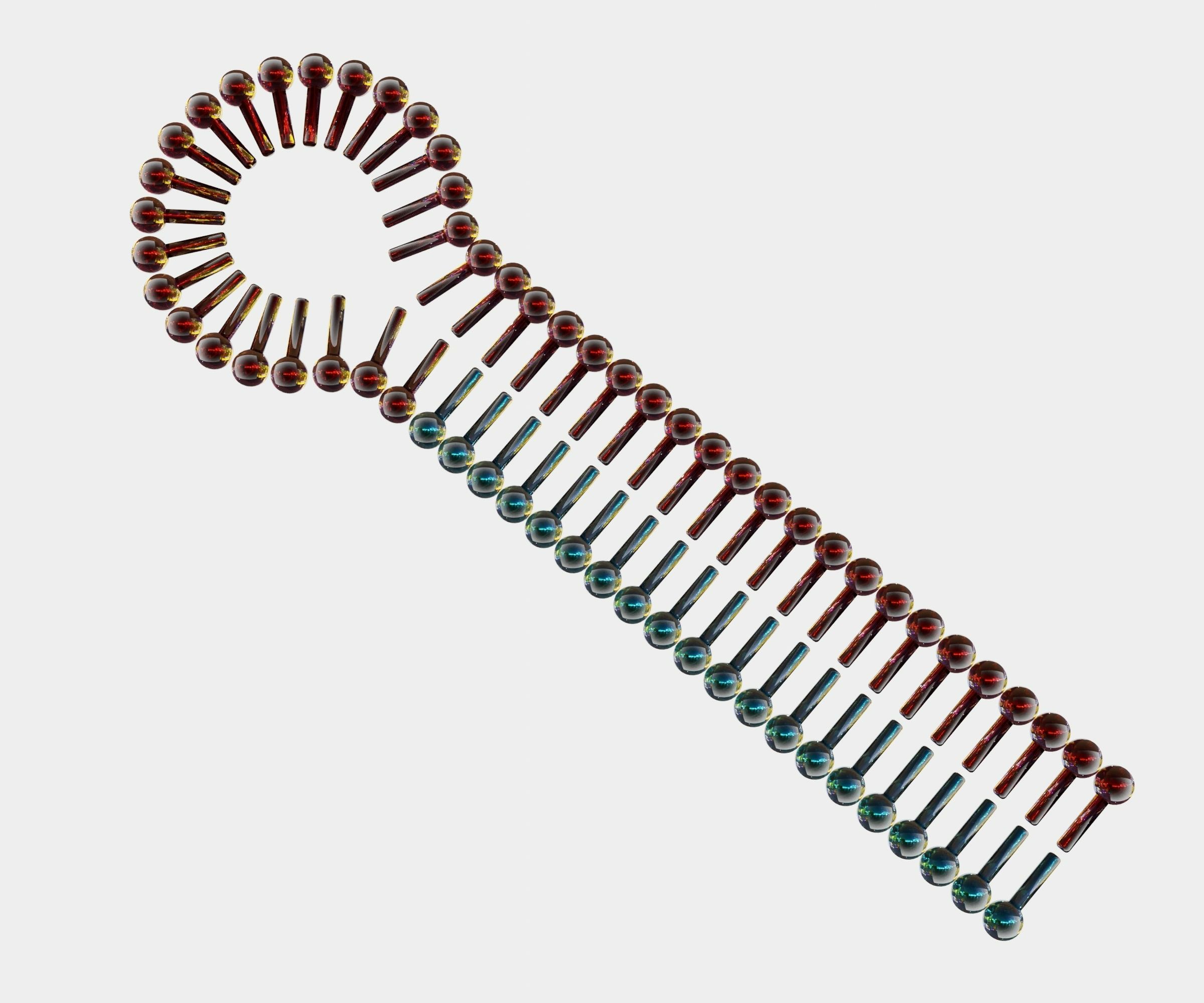Double Spacer Disk Antennas Enable Simultaneous Detection of Molecules in Surface-Enhanced Infrared Absorption (SEIRA) Sensor Platform
A newly published study reveals that double spacer disk antennas enable the simultaneous detection of molecules in a surface-enhanced infrared absorption (SEIRA) sensor platform.
Biomolecule detection plays an important role in medical diagnosis, forensic analysis, biological studies, and food quality assessment. However, the mid-infrared (Mid-IR) range, which entails the molecular vibrational spectra of key biomolecules like deoxyribonucleic acid, ribonucleic acid, and proteins, presents a significant opportunity for biomolecular sensing. In a recent study, published in Spectroscopy Letters, a novel surface-enhanced infrared absorption (SEIRA) approach using a double band absorbing plasmonic nanoantenna array with two gold disk resonators was proposed for biosensing applications (1).
Small interfering RNA or siRNA or short interfering RNA or silencing RNA. shRNAs consist of sense and antisense sequences separated by a loop sequence 3D rendering | Image Credit: © Love Employee - stock.adobe.com

As a technique, SEIRA is designed to improve the sensitivity of infrared (IR) spectroscopy by utilizing plasmonic nanostructures (1). It involves placing the analyte molecules near metal nanostructures, typically made of gold or silver, which exhibit localized surface plasmon resonances (1). It couples with the localized surface plasmons when IR light is incident on these nanostructures. (1). This process ends up leading to an intense electromagnetic field enhancement at the metal-dielectric interface (1). The interaction between this enhanced field and the analyte molecules contributes towards the amplification of IR absorption signals that are then able to be analyzed. Because of this, SEIRA is best suited for identifying and detecting molecules, which means environmental monitoring and bioanalysis applications could benefit from it (1).
The nanoantenna array also possessed an unique design in this study. The nanoantenna array structure consisted of two closely spaced gold disk resonators, which enabled the excitation of two distinct plasmonic resonances (1). Strong electromagnetic fields were generated that improved the light-matter interactions (1). The system itself achieved dual-band absorption, allowing for the simultaneous detection of multiple analytes or biomolecules in a single measurement (1). This double band absorbing plasmonic nanoantenna array holds great promise for various biosensing applications, including medical diagnostics, environmental monitoring, and food safety.
The researchers investigated the biosensing capabilities of this structure by studying a protein-goat anti-mouse immunoglobulin G model and a polymethylmethacrylate (PMMA) film (1). The protein monolayer exhibited vibrational signatures of its basic structural bonds, namely Amide-I, Amide-II, and Amide-III, at specific wavelengths (1). Additionally, the spectral response of the antenna structure was analyzed using a PMMA film to detect the C=O and C-H bonds (1).
Numerous conclusions were drawn regarding the double spacer disk configuration because of the findings in this study. The double spacer disk configuration was integral in realizing the spectral signatures from the protein monolayer and PMMA film in each band (1). The dual-band operation could be independently tuned by carefully engineering the radii of the double disks without affecting the other band (1). Its unique design was important because it helped characterize and identify complex molecules by detecting their spectral fingerprints in each mode of the dual-band (1).
The proposed structure in this study can be a versatile tool for characterizing and identifying unknown complex molecules (1). There are several industries that could potentially benefit from this technology. The authors of the study reference biology, chemistry, and defense applications where this structure could be useful (1). The ability to simultaneously detect and analyze different molecules in a single platform enhances the efficiency and accuracy of biomolecular sensing techniques (1). This research contributes to the advancement of surface-enhanced infrared absorption sensor platforms and opens doors for further developments in multi-mode SEIRA platforms to detect and identify more complex chemical molecules in various scientific disciplines (1).
Reference
(1) Erturan, A. M.; Durmaz, H.; Gültekin, S. S.Simultaneous detection of molecules with the surface-enhanced infrared absorption sensor platform based on disk antennas with double spacer. Spec. Lett. 2023, 56 (5). DOI: 10.1080/00387010.2023.2208650
Real-Time Battery Health Tracking Using Fiber-Optic Sensors
April 9th 2025A new study by researchers from Palo Alto Research Center (PARC, a Xerox Company) and LG Chem Power presents a novel method for real-time battery monitoring using embedded fiber-optic sensors. This approach enhances state-of-charge (SOC) and state-of-health (SOH) estimations, potentially improving the efficiency and lifespan of lithium-ion batteries in electric vehicles (xEVs).
Smart Optical Sensors for Thermal Management in Electric Vehicles
April 8th 2025A recent review in Energies explores the latest advancements in sensor applications for electric vehicle (EV) thermal management systems. The study, authored by Anyu Cheng, Yi Xin, Hang Wu, Lixin Yang, and Banghuai Deng from Chongqing University of Posts and Telecommunications, along with industry partners, examines how advanced optical sensors improve the efficiency, safety, and longevity of EVs.